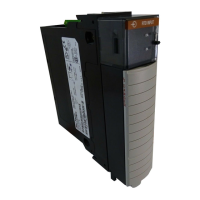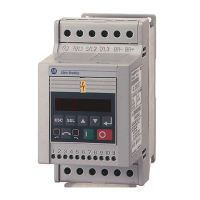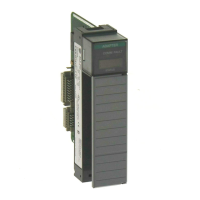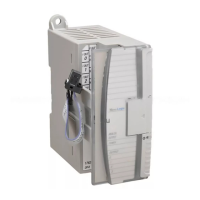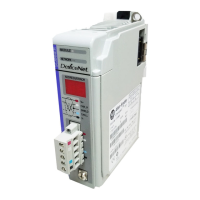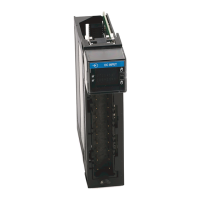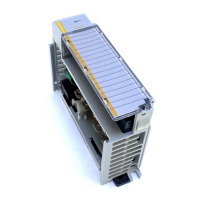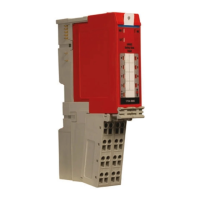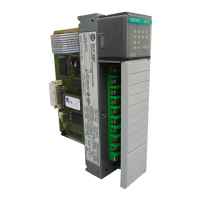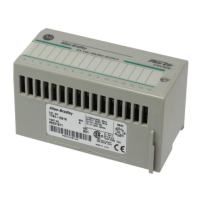Do you have a question about the Allen-Bradley 193-DNENCAT and is the answer not in the manual?
Describes the intended audience for this manual, focusing on qualified personnel.
Lists related documents, manuals, and websites for further information.
Explains the chapter's purpose: how to install and connect the module.
Describes the module's function as an EtherNet/IP to DeviceNet linking device.
Details the module's physical characteristics, mounting, and clearance requirements.
Specifies DeviceNet cable types, torque, and provides wiring diagrams.
Provides physical module dimensions and discusses Ethernet topologies.
Explains chapter scope and details necessary network parameters like IP address.
Details methods for setting the IP address via switches, BOOTP/DHCP, or web browser.
Provides step-by-step instructions for configuring network parameters using the BOOTP/DHCP utility.
Guides users on configuring network settings via a web browser and MAC scanner.
Lists factors to consider when assigning network parameters, such as network size.
Explains how duplicate IP addresses are detected and module behavior during conflicts.
Covers DNS usage for module identification and the process of installing EDS files.
Instructions for using the embedded web server for module configuration, including permanent enabling.
Introduces DeviceNet configuration and outlines the steps using the module's web interface.
Introduces adding devices and explains the importance of unique DeviceNet node addresses.
Covers basic rules for node addresses and methods for setting them via hardware or software.
Details how to add DeviceNet modules to the scanner's list for communication.
Explains both 'Simple' and 'User-Defined' methods for configuring the scan list.
Introduces parameter management and how to view/edit parameters via the web interface.
Explains the Automatic Device Recovery (ADR) feature and its setup process.
Introduces controller communication and types of EtherNet/IP messaging (I/O, Explicit).
Details configuring I/O messaging between controllers and the auxiliary module.
Guides on using add-on profiles for configuring ControlLogix controllers.
Specific steps for EtherNet/IP network configuration using add-on profiles.
Explains how to retrieve module data using add-on profiles.
Details how to perform generic configuration for ControlLogix controllers.
Covers generic configuration steps for EtherNet/IP modules.
Explains how to access module data using generic configuration methods.
Describes using explicit messaging for exchanging data with DeviceNet modules.
Introduces notifications and covers events that trigger email alerts.
Steps to configure email settings, recipients, SMTP server, and device identity.
Covers sending SMS alerts and discusses limitations on email triggering.
Introduces device parameters, programming, and lists available parameters.
Introduces troubleshooting and lists the four EtherNet/IP modes of operation.
Describes the module's behavior and status indicators during Power-Up Reset and Run modes.
Details recoverable/unrecoverable error modes and troubleshooting steps using status LEDs.
Details electrical ratings, operating ranges, and environmental conditions for the module.
Covers EMC standards, EtherNet/IP communication specifications, and certifications.
Explains the purpose of EDS files and how to obtain them for configuration tools.
Lists and describes the supported Common Industrial Protocol (CIP) objects.
| Model | 193-DNENCAT |
|---|---|
| Input Voltage | 24V DC |
| Mounting Type | DIN Rail |
| Series | 193 |
| Voltage Rating | 24V DC |
| Enclosure Rating | IP20 |
| Material | Plastic |
| Contact Configuration | 1NC |
| Operating Temperature | -25 to 60 °C |
